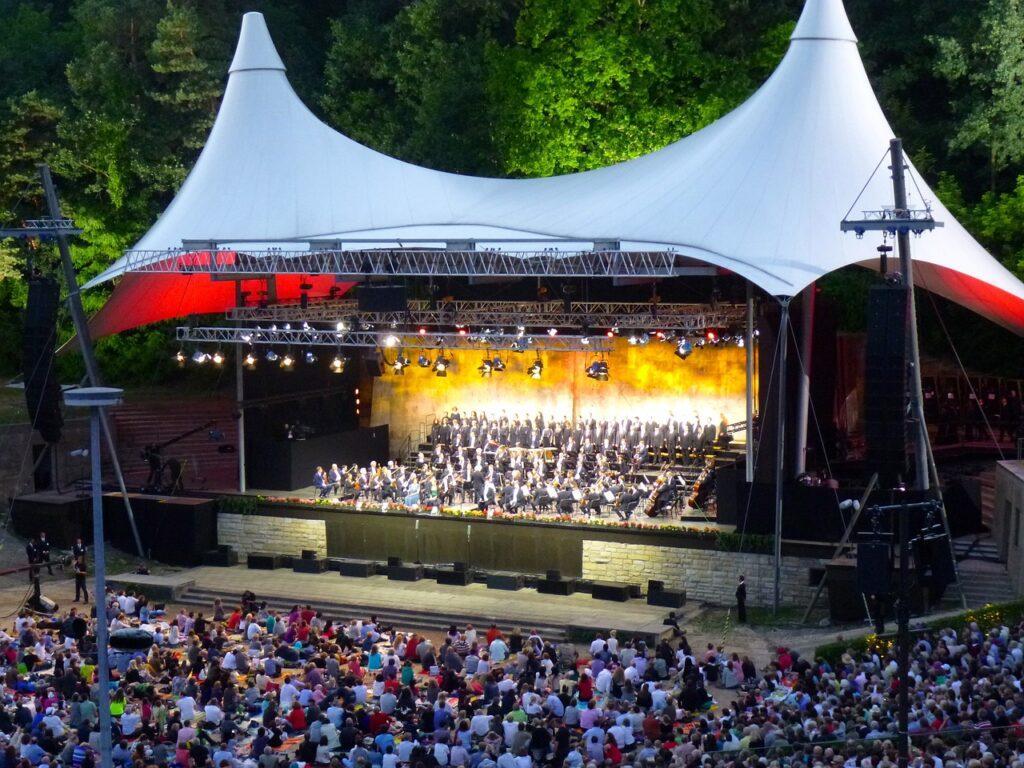Do you want to learn how to make your own songs? Do you need help with your lyrics? There are many different song forms, and not all of them use a chorus. However, the verse/chorus form is one of the most popular. Songwriters and lyric writers both will find this post helpful. Keep reading to learn how to write a song with a catchy chorus. Estimated reading time 3 minutes.
Read More

